Winter watches, warnings, and advisories
There’s a lot of watches, warnings, and advisories to keep track of throughout a year. Even just in the winter months, it can get a little confusing. While things like an Ice Storm Warning might sound pretty self-explanatory, we get a lot of questions about what is a blizzard, and the differences between a Winter Storm Warning and Winter Weather Advisory.
To get some help with how the process works and what happens during a pandemic, I sat down with a familiar face, Emily Klaus to go through the warning process from a National Weather Service perspective. If you recognize Klaus, that's because she used to be the morning forecaster on the weekends here at KMIZ in 2016-2017.
When it comes to Winter Weather watches and warnings, the difference boils down to two things:
- Impacts
- Certainty
- Duration
Watch vs Warning:
It's the exact same in the Winter as it is with severe weather. A watch means the conditions are present for a certain event to take place. A warning means the event is ongoing or imminent. When we bring that to winter weather, a Winter Storm Watch can also help convey less certainty. When we get upgraded to a Winter Storm Warning, confidence has increased in that event taking place.
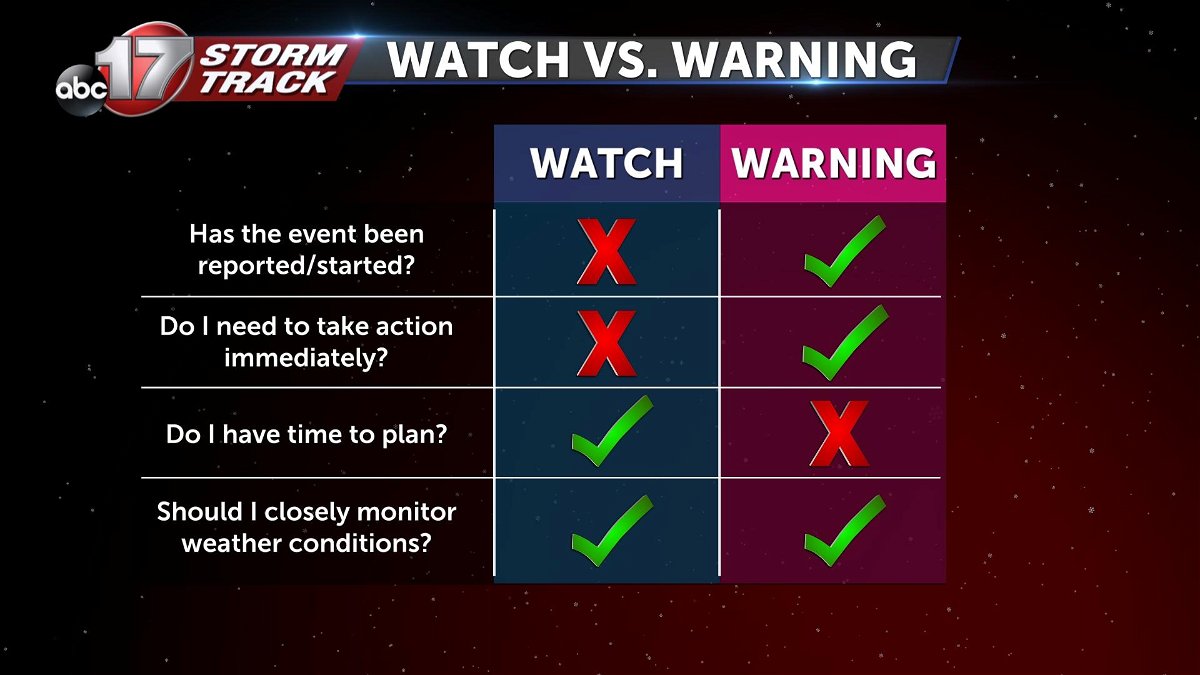
Winter Weather Advisory vs Winter Storm Warning
This is where impacts are taken into account. The National Weather Service has set aside criteria for both Winter Storm Warnings and Winter Weather Advisories. Simply put, a Winter Storm Warning will affect more people negatively than a Winter Weather Advisory. Think of it this way: if you're on the roads in either scenario, things could become treacherous. But if you're at home during a Winter Weather Advisory, you won't be affected by things like power outages.
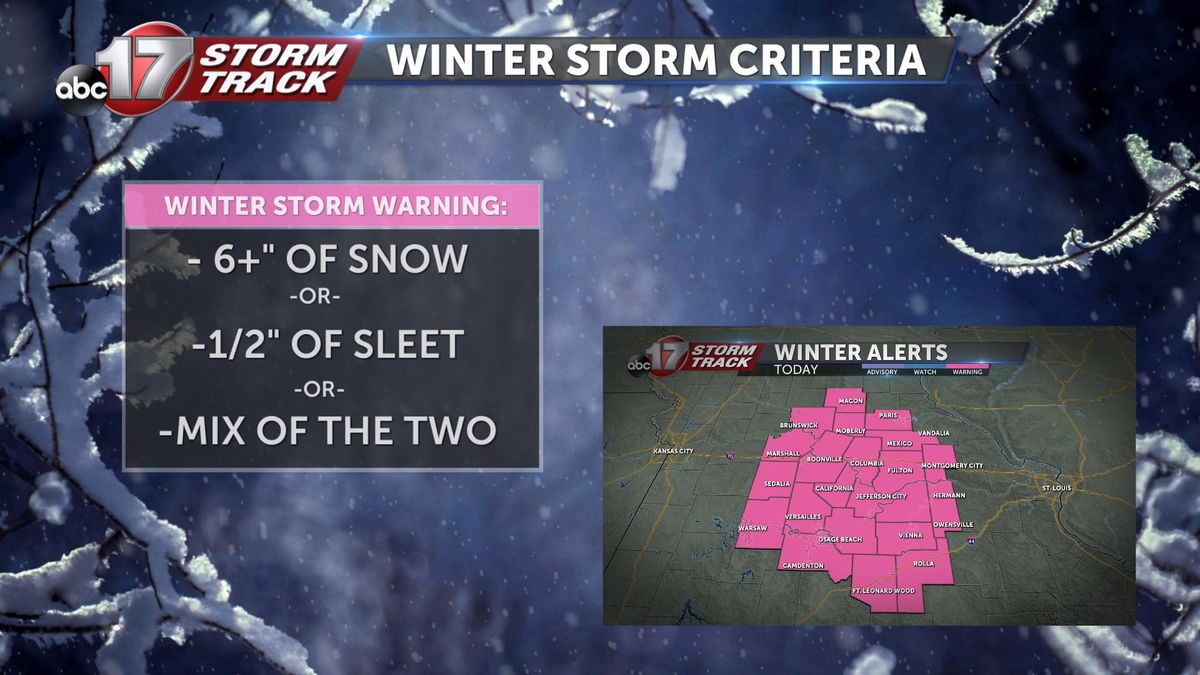
Blizzard Warning vs Snow Squall Warning
Where's the difference between a snow squall and a blizzard? The only difference, really, is duration. A Blizzard is a longer-lasting event, and will have squally weather during it. To reduce confusion, Snow Squall Warnings won't be issued during a Blizzard Warning.
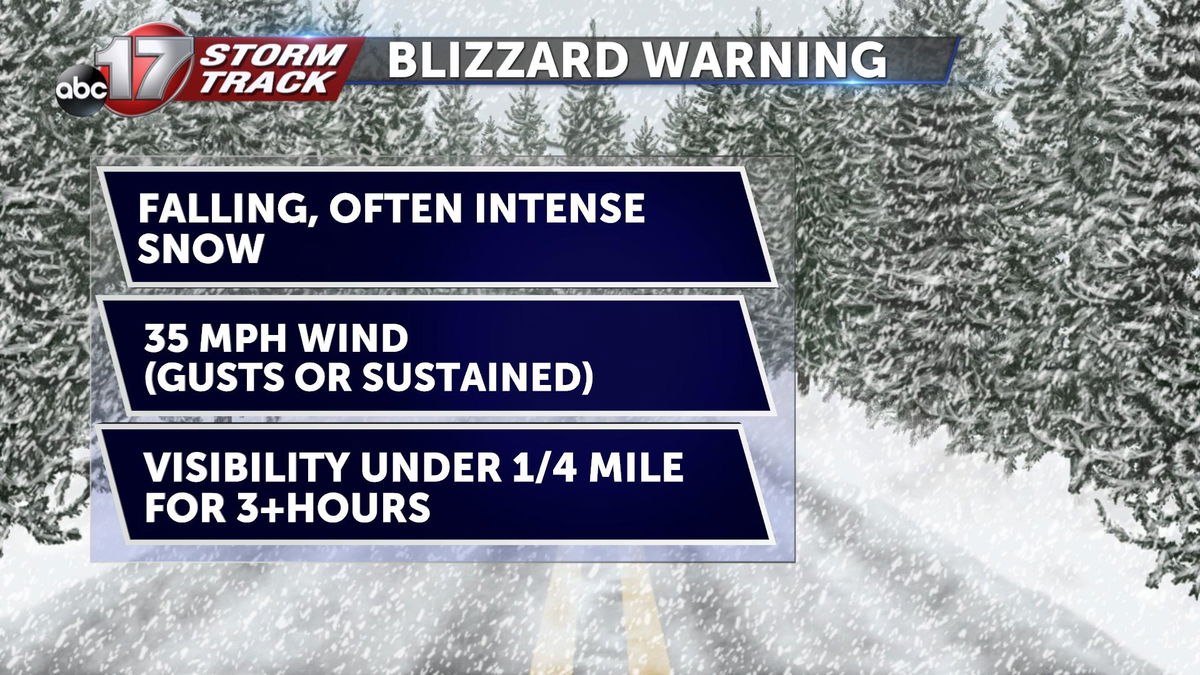
How Common Are These?
Since Snow Squall Warnings are so new, we haven't seen one issued for Mid-Missouri yet. But with a lower threshold, Winter Weather Advisories are issued far more regularly than a Winter Storm Warning. Since 2010, we've averaged about a dozen winter events per year, with about two or three being significant.
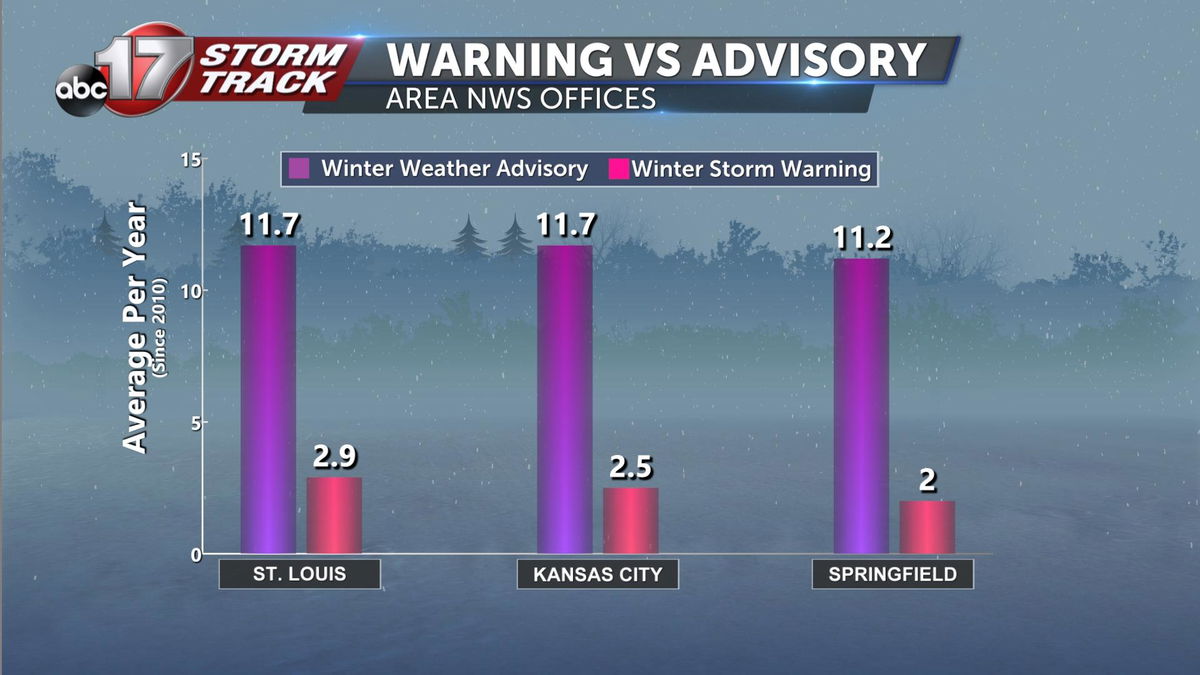

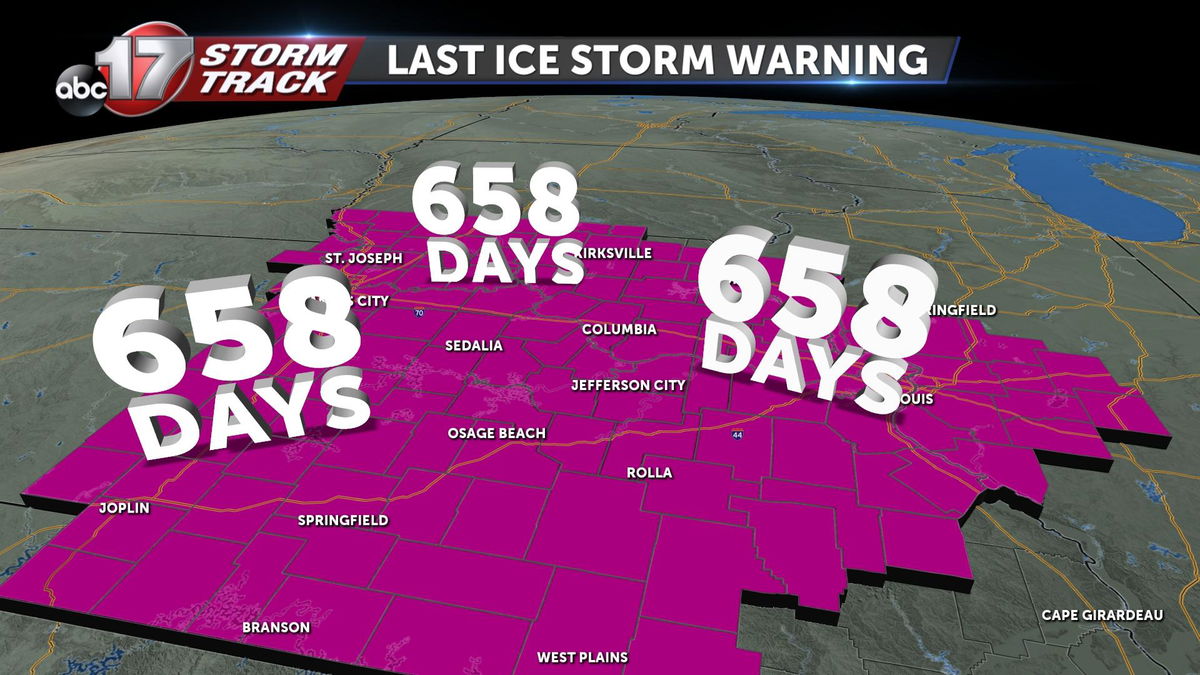
Seems like there's too many...
If it seems like there might be a few too many products to keep up with, the National Weather Service actually agrees. They've begun the Hazard Simplification Project, which will narrow down that number of products. Meteorologists and social scientists are meeting to consolidate and reformat the warning products the National Weather Service will issue. The ABC 17 Stormtrack will be here breaking down those changes over the next year as they roll out.
